Two control applications for an interactive office lighting system: a smartphone app for local lighting control anywhere in the office, and tablets with lighting control dedicated to the meeting rooms.
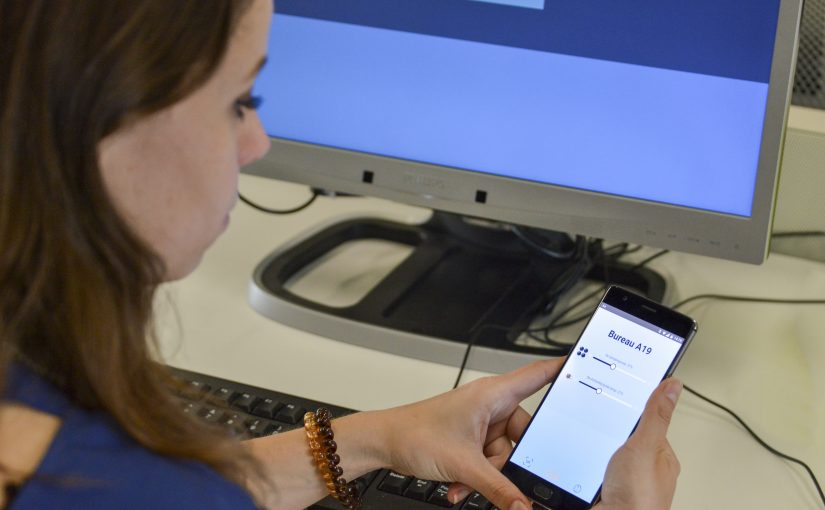
The OpenAIS project (2015-2019), funded by the European Union’s Horizon 2020 research and innovation programme, worked on including professional lighting into IoT and hence enable a wider community of stakeholders to deliver the smartness of IoT lighting, allowing easy adaptability of the system to cater for the diversity of people and demands.
The consortium was a collaboration between seven leading companies in the European lighting and IoT industries with two academic partners: Signify, Zumtobel, Tridonic, Johnson Controls, Dynniq, NXP, ARM, Eindhoven University of Technology (TU/e), and TNO-ESI. http://www.openais.eu
The OpenAIS project (2015-2019), funded by the European Union’s Horizon 2020 research and innovation programme, worked on including professional lighting into IoT and hence enable a wider community of stakeholders to deliver the smartness of IoT lighting, allowing easy adaptability of the system to cater for the diversity of people and demands.
The consortium was a collaboration between seven leading companies in the European lighting and IoT industries with two academic partners: Signify, Zumtobel, Tridonic, Johnson Controls, Dynniq, NXP, ARM, Eindhoven University of Technology (TU/e), and TNO-ESI.

Two control applications for an interactive office lighting system: a smartphone app for local lighting control anywhere in the office, and tablets with lighting control dedicated to the meeting rooms.

Doctoral dissertation about interactions with connected lighting systems and how its value permeates throughout the value chain.
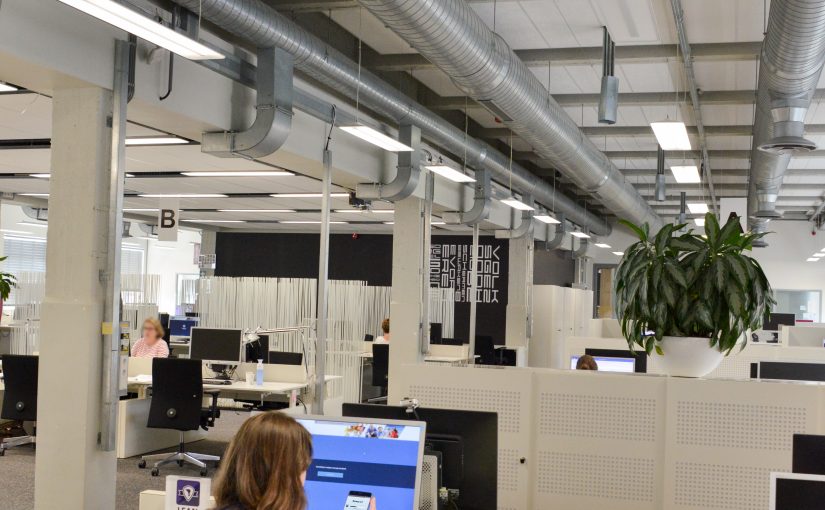
We designed and deployed two lighting control interface in a real-life office equipped with a state-of-the-art lighting system of 400+ luminaires. We evaluated their experience with the lighting system and the lighting control interfaces. In ten weeks, 43 office workers interacted with the system 3937 times.
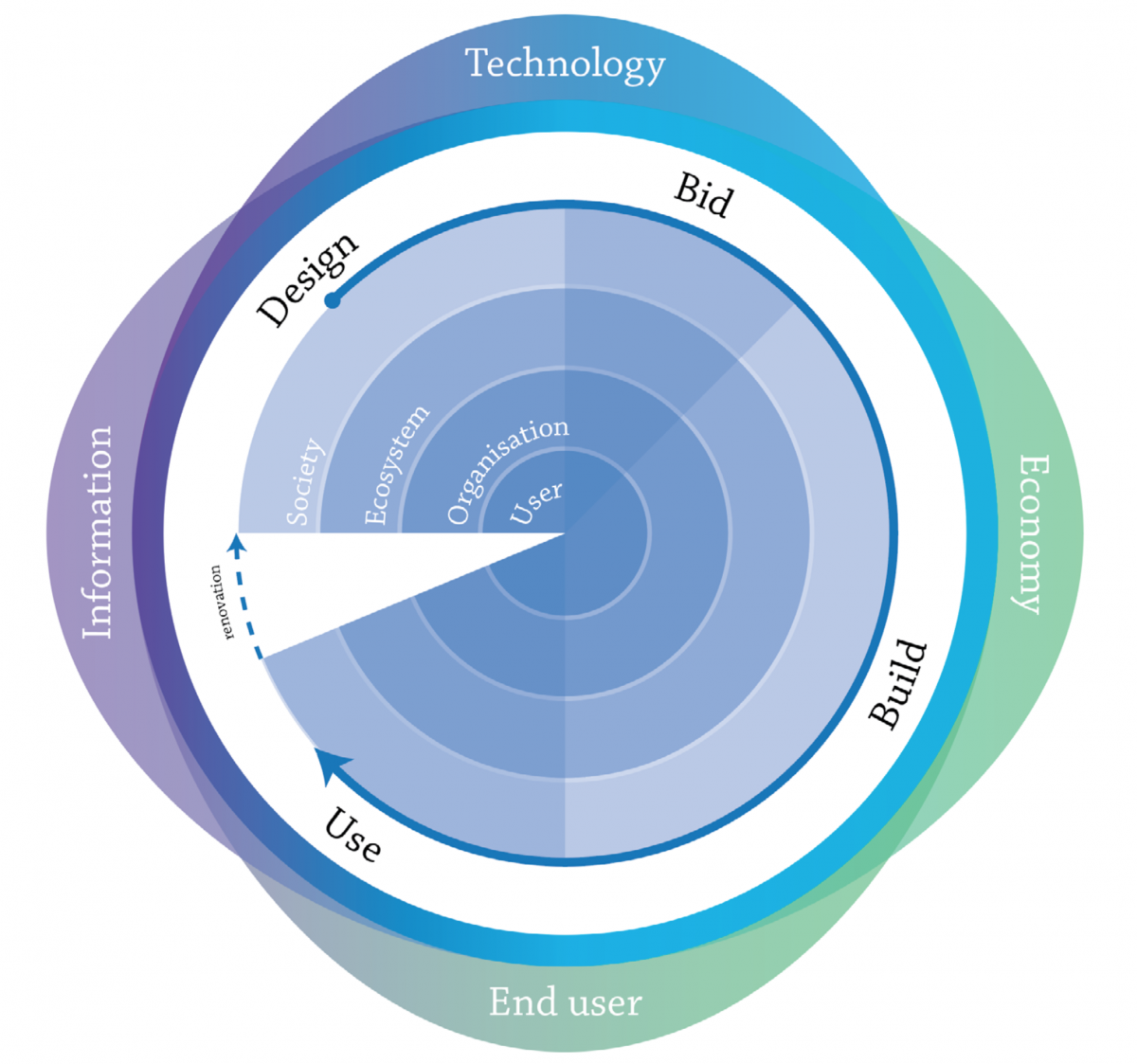
The Layered Value Method (LVM) is a novel method to facilitate systemic impact analysis and joint value creation for IoT building systems. It originates from a reassessment study of the initially expected IoT impact after the completion of the OpenAIS project.
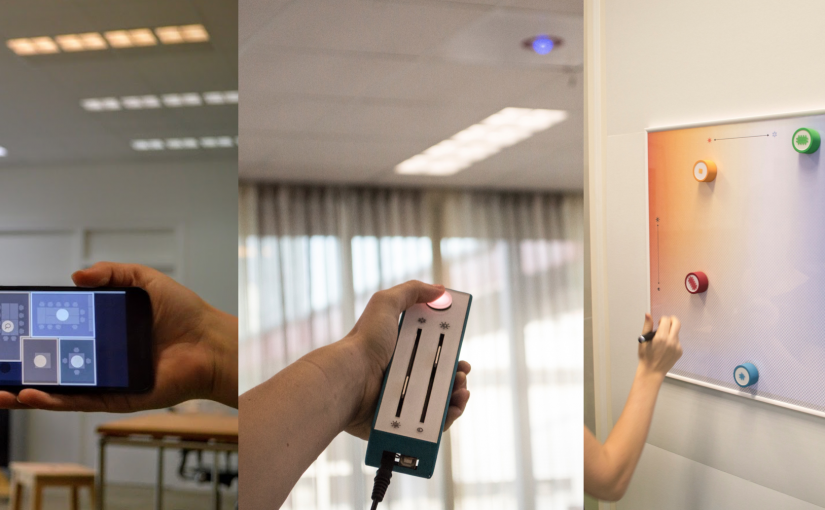
This work aims to deepen the understanding of the effects that interface characteristics can have on how people experience lighting control in a shared space. To do so, we design three interfaces for a shared lighting system that vary in the type of social information they allow people to share with others and in their overall interaction style.
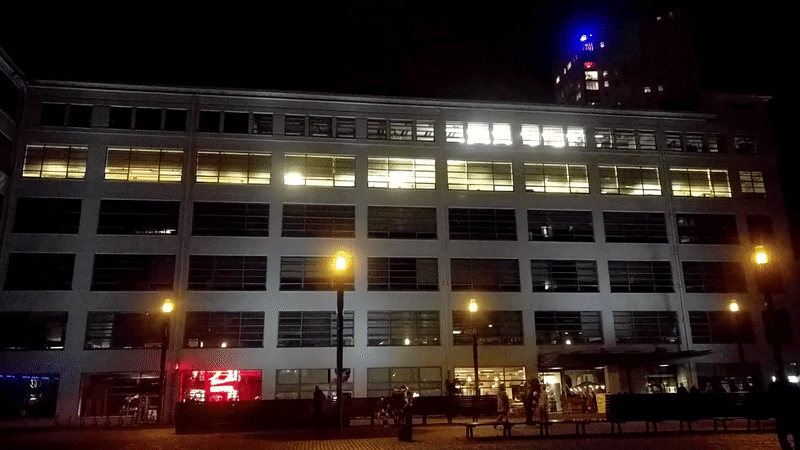
For the GLOW light festival in 2017, I designed and realised a light show with the OpenAIS pilot installation in the Witte Dame. The goal for the project was to showcase the speed, accuracy and synchronicity of the IoT lighting system.
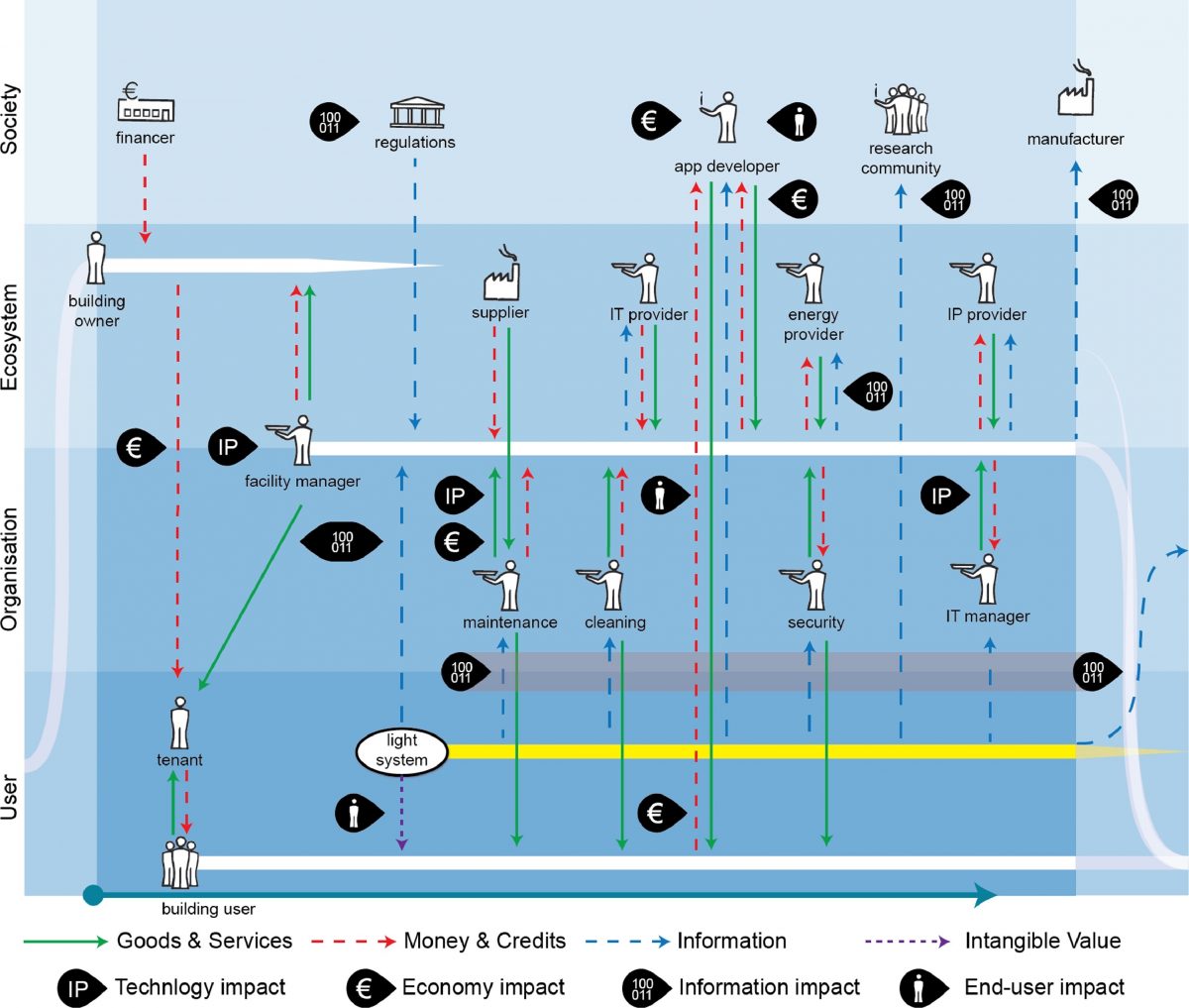
This study investigates the potential impact of IoL on the European office lighting value chain. By interviewing 28 professionals from lighting and IoT companies, we formulate four perspectives with corresponding drivers of change: IP to the end node, standardisation, sharing data, and light as a service. Potential impacts on value have been formulated for each driver, and are operationalised towards stakeholders using the layered value network model. The validity of the model is shown by populating it with the European office lighting value chain.
The OpenAIS project (2015-2019), funded by the European Union’s Horizon 2020 research and innovation programme, worked on including professional lighting into IoT and hence enable a wider community of stakeholders to deliver the smartness of IoT lighting, allowing easy adaptability of the system to cater for the diversity of people and demands.
The consortium was a collaboration between seven leading companies in the European lighting and IoT industries with two academic partners: Signify, Zumtobel, Tridonic, Johnson Controls, Dynniq, NXP, ARM, Eindhoven University of Technology (TU/e), and TNO-ESI. http://www.openais.eu